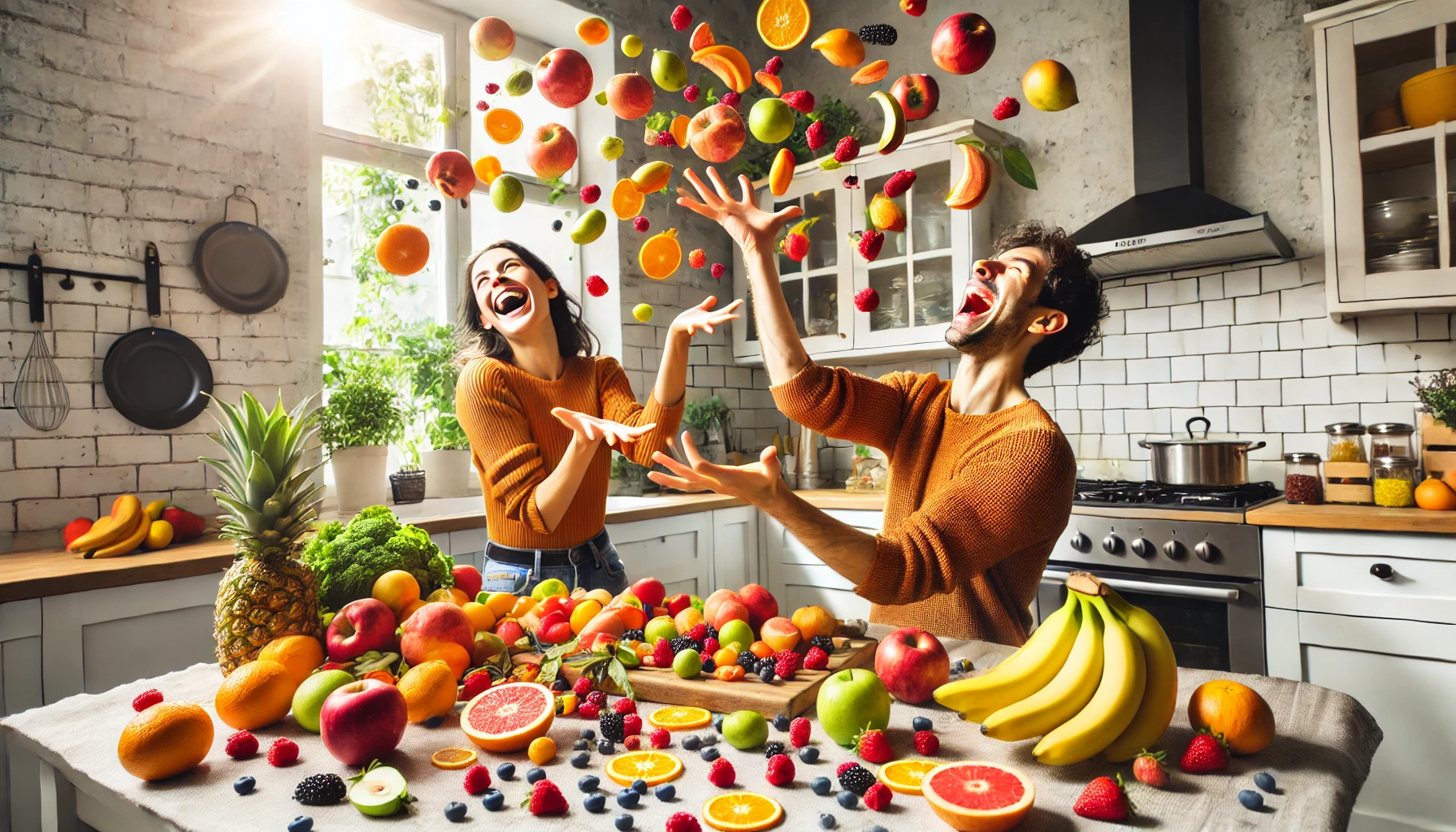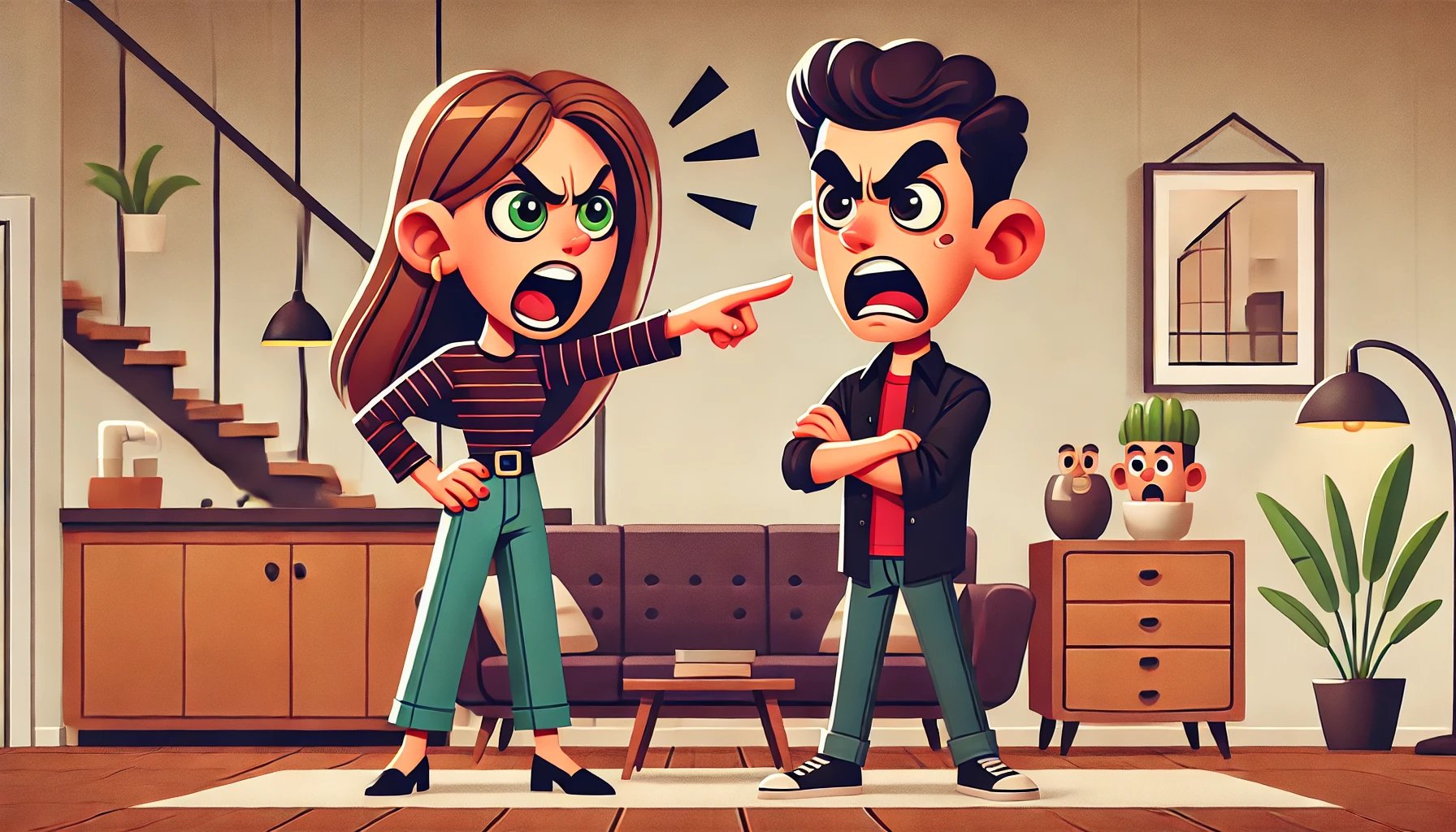
How To Create Picture Perfect Photo Descriptions
They say a picture is worth a thousand words, but did you know you need less than 40 to complete standard photo descriptions? These are quick and easy to write—not to mention fun!—and they can also add a lot of SEO value to a site that heavily relies on images.
What is a Photo Description?
An image description gives a short, simple explanation of a photo. This is a handy way to elaborate on a picture or add depth to a piece of content. However, there are different types of descriptions with specific requirements. Here are the most common:
- Caption: A catchy description that elaborates on a photo but doesn’t necessarily focus on the visual elements. Also known as a cutline.
- Alt Text: A concise description of important features in the picture, originally designed for readers who are unable to view or understand the image. It is often used for coding and on-page SEO purposes. You can see how to insert keywords into the alt-text of an image here:
- Image Description: A more complex description for a photo, giving members of the blind and low vision community and other groups a textual explanation of the photo.
Although each type of description has a different use, including a few can improve your content and make your photos stand out.
Why Do We Need Photo Descriptions?
There are many reasons why a description or caption is needed. For instance, a site that specifically sells stock images would rely on photo descriptions – since they would replace your standard product description. Or a site that sells artwork for a living would need to have someone that can put that picture into words for the consumer – again replacing the need for product descriptions. Other types of companies that may need great picture descriptions just to sell their products include clothing retailers, jewelers and more.

Outside of the company types listed above, pictures and their descriptions can also be a great help to standard content marketing campaigns. Finding any excuse to add some relevant content into your blogs and web pages is what you must do to create an advantage over your competitors. Adding image text can help your readers and optimize your blog posts.
How To Write a Great Photo Description
Do you want to make a stunning description or caption, but you don’t know where to start? Never fear, the process is easier than you might think. Don’t shy away from this exciting type of content marketing and get started with these four easy steps.
1. Write a Simple Title That Summarizes the Picture
In the past we’ve explained the art of creating attention-grabbing article titles, and the rules apply to photo description titles as well: They should summarize the picture while engaging the audience and matching the client’s style.
Especially for captions, titles should be both informative and interesting to read. Here are a few tips to improve how “catchy” your captions are:
- Be concise
- Keep your audience in mind
- Use strong verbs and adjectives
- Write what stands out to you
You don’t have to get too creative to write something that catches the eye of readers. Stay simple and to the point. When you first look at the picture, what do you see? Tweak a few words, add a little more spunk and you’ve got a picture-perfect photo description.

DO: Having Fun With Food
DON’T: Vitamin C Is a Powerful Antioxidant That’s Abundant in Fruits
2. Add Timeless Details to Describe the Picture
Your photo description may be vivid and well-written, but it won’t serve the client if it dates the copy. Stick with timeless details that will always be relevant. This not only improves the value of the products you may selling, but it makes an article a perfect read no matter what season or year it is.
Along with adding rich, relevant descriptions, keep in mind what the audience is looking for. Readers generally what to know the who, what, why, when, where and how of pictures. Be specific and professional, so that viewers have a better understanding of what they are looking at.
DO: Regardless of the season, guests will be more comfortable with an extra throw nearby. Swap out heavy wool blankets with lightweight cotton throws in warmer months.
DON’T: The calendar may say spring, but a cool breeze through your open window makes a lightweight throw blanket a must-have.
3. Give the Picture Context So That It Pertains to the Subject Matter
If necessary, speculate about what’s happening in the picture to give it context and make it pertain to your products/services (or your clients’ products and services). This is a no-no in photo journalism, but it’s perfectly fine to use a little imagination when writing photo descriptions for content marketing purposes. This can help drive home a point and add context and narrative to a blog.
Adding a little commentary to a picture can help you link it back to the content you’re writing. For SEO purposes, don’t forget to include a relevant alt-text that includes a keyword. Write a short explanation of the picture and connect it to the subject of the blog or article. This will help you rank for relevant keywords.

DO: Having a happy marriage can be difficult when a couple doesn’t see eye to eye. When love and respect are replaced with anger and finger pointing, it may be time to consider divorce.
4. Polish Your Work
It doesn’t matter if you are writing 40 words or 400 words, always spell check the document and proofread your writing. That being said, when photo descriptions ARE your business, then having the content checked for spelling and grammar becomes even that much more important. Always have a second set of eyes looking over the content to make sure it stays sharp and makes sense.
While you’re editing, try to avoid unnecessary phrases such as “pictured above” or “an image of.” With captions and photo descriptions today, you can cut the fluff and get to the meat. Focus on what you want your readers to know about the picture and let the rest of your content enhance and support your images.
That’s it. You’re done!
Photo Descriptions on Social Media
Although photo descriptions are already important online, social media gives a whole new meaning to captions. A good caption of a photo on Instagram, Facebook or Twitter can lead to more customer interaction, or simply, more likes on a post. So how do you create perfect image descriptions on social media?
Instagram Photo Descriptions
This social media platform is already picture-based, so the little content you include counts. Instagram users scroll through their feeds quickly, so consider included smaller, catchier captions. Keep in mind that captions are cut after a few lines and require readers to click a button to read the whole thing, so keep the most important information at the top.

Here are a few Instagram caption tips from Hootsuite:
- Give shout-outs with the @mention feature
- Use emojis, quotes and questions to change things up
- Give insider tips
- Offer instructions, background information and stories
- Use minimalistic captions for striking pictures
Instagram is a space where companies, personalities and personal accounts can display images with thought-provoking captions. A simple image description is not always the best way to complement a picture. Get creative and keep in mind that you have a character limit of 2,200.
Facebook Photo Descriptions
This platform is more content-based, unlike Instagram. However, photo descriptions can still have catchy, short captions that can spark engagement. In fact, influencer Jeff Bullas found that the ideal length for Facebook posts is 80 characters or less. Keep in mind that you can share photos on Facebook in a variety of ways. Here are three of the most popular:
- Upload a photo with a description. You can also tag friends and change privacy settings.
- Edit a photo you have already posted and add a description.
- Add a caption to a photo that has been shared by someone else.
Whether you are promoting a business or yourself, consider adding a link to your post. This can lead to the article your picture is about, more pictures or other valuable sources.
Twitter Photo Descriptions
Twitter requires users to be short and concise with their captions. With a character limit of 140, your image descriptions should be catchy and easy to read. This social media platform is known for being an open and honest sphere, so get creative with the way you introduce your photos.

If you want to create photo descriptions for the accessibility of the blind and low vision community, you will have to do it manually. Once enabled, you can add a description for a photo by tapping the “add a description” button at the bottom of the image. Users who require this will hear the text through screen reader technology.
Take Advantage of Photo Descriptions!
The next time you have an opportunity to write descriptions for your site or social media, take it! Doing so is a great way to add some relevant content/keywords to your posts and add additional value to your readers.
If you need help optimizing your photos for online marketing purposes, we can help! Contact us about your project and we’ll outline ways our organic SEO packages can help!
Comment below and let us know if any of these tips have worked well for you!
- How To Create Picture Perfect Photo Descriptions - August 27, 2024
- Resources to Improve Content Writing - December 9, 2023
- 4 Secrets of Writing Shareable Content - May 8, 2023




Hi it is nice content i love it
that is really nice content ,love it